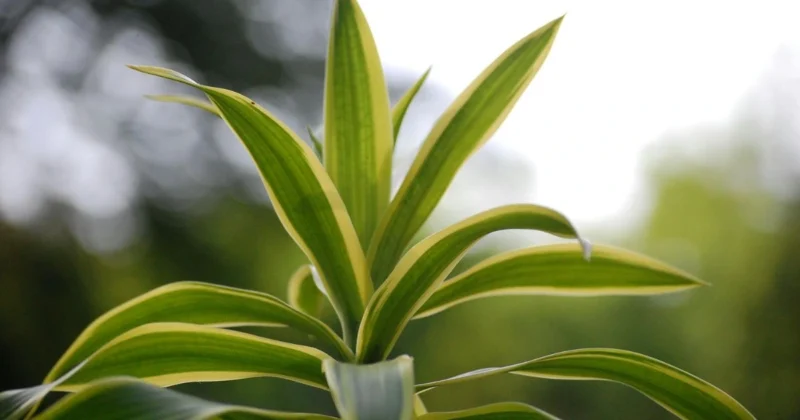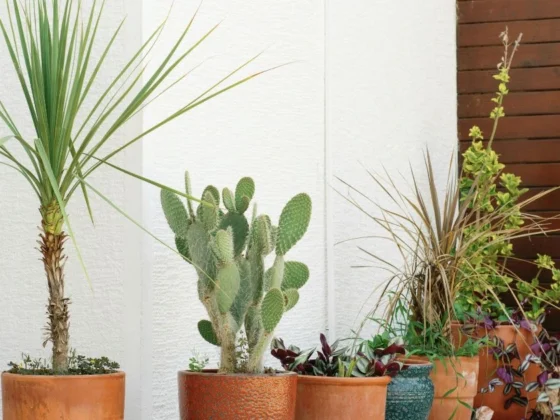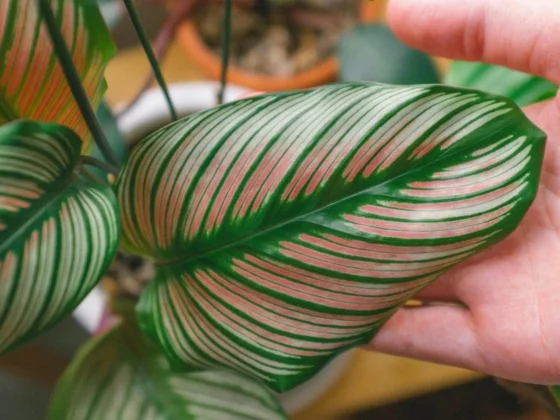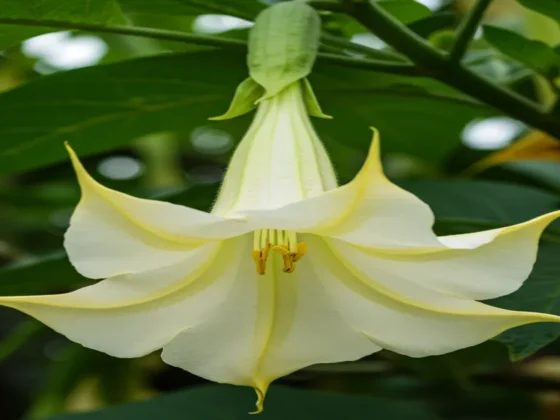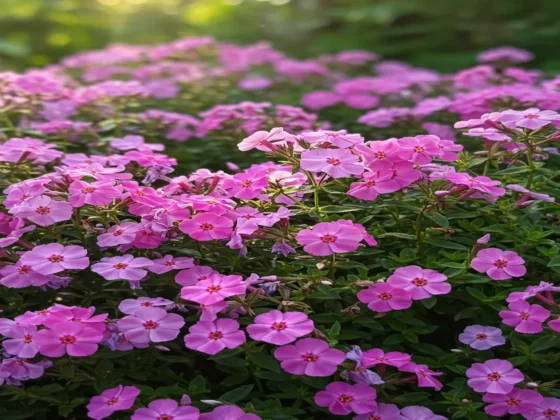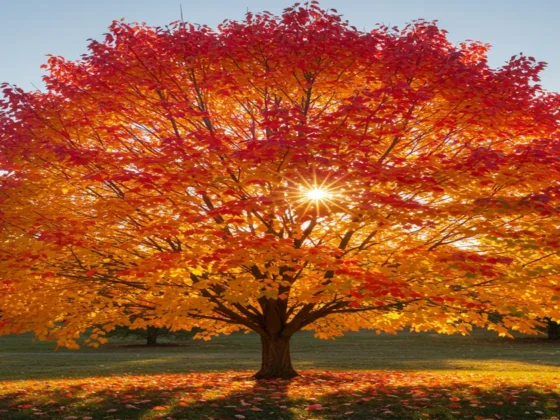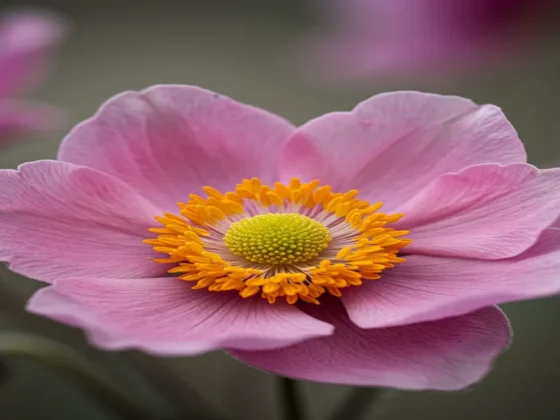Welcome to the ultimate guide for nurturing dracaena plants, also known as dragon trees. These plants add beauty to indoor spaces with their striking leaves. Whether you’re new to plants or have experience, learning about dracaena care can make your houseplants thrive. This will improve your home’s look and air quality.
Dragon trees are adaptable plants that bring tropical beauty to any room. Knowing how to care for them will keep your dracaena looking lush and strong. This guide will cover everything you need to know for growing healthy dragon trees.
What’s So Special About Dragon Trees ?
Dragon plants, or dracaena plants, are fascinating tropical specimens. They have captured the hearts of indoor plant enthusiasts worldwide. These versatile green companions bring a touch of exotic beauty to homes and offices.
The world of dracaena plants is rich with diversity and historical significance. These remarkable plants come from various tropical and subtropical regions. This includes Africa, Asia, and parts of Central America. Their unique characteristics and adaptability make them standout choices for indoor environments.
History and Origins of Dragon Plants
The name “dragon plant” comes from an intriguing botanical legend. Ancient cultures believed these plants had mystical properties. They connected them to dragon-like characteristics through their dramatic foliage and striking appearance.
Historically, types of dracaena plants were revered for their:
- Medicinal properties
- Symbolic spiritual significance
- Decorative potential
Common Dracaena Varieties
When exploring types of dracaena plants, you’ll find several stunning varieties:
- Dracaena marginata (Dragon Tree): Slender, arching leaves with red edges
- Dracaena fragrans (Corn Plant): Broad, corn-like leaves with rich green coloration
- Dracaena reflexa (Song of India): Compact growth with variegated leaves
Natural Habitat Characteristics
Understanding the natural habitat of dracaena plants is key to dragon plant care. These plants thrive in:
- Warm, humid environments
- Filtered sunlight conditions
- Well-draining, nutrient-rich soil
How Much Light Does a Dracaena Need to Thrive ?
Knowing what light your dracaena needs is key to its health. Each type of dracaena has its own light preference. This affects how well it grows. It’s important to find out what your plant specifically needs.
Most dracaena plants do best in bright, indirect light. Direct sunlight can burn their leaves. On the other hand, too little light can slow their growth. Here are some tips for keeping your dracaena healthy:
- Low-light varieties: Some dracaena species can handle low light, great for dark rooms.
- Medium-light preferences: Most dracaena types like filtered, indirect sunlight.
- Bright indirect light: This is best for strong growth without leaf damage.
Here are signs your dracaena might need more or less light:
- Yellowing leaves
- Slow or stunted growth
- Leaf drop
- Pale or washed-out leaf color
Place your dracaena near east or west-facing windows. These spots offer gentle light without harsh sun. Also, rotate your plant to ensure it gets even light. This helps it grow evenly.
Optimal Watering Practices for Dragon Plants
Learning how to water your dragon tree is key to its health. Water is essential, but too much or too little can harm your Dracaena.
Several factors affect how much water your dragon tree needs. Knowing when and how to water is crucial for its growth and look.
Signs of Overwatering
It’s important to spot overwatering signs early. Look out for these:
- Yellowing leaves
- Soft, mushy stems
- Standing water in the pot
- Fungus or mold on soil surface
- Drooping leaves despite wet soil
Drought Tolerance and Recovery
Dragon trees are very good at handling drought. They can go without water for a while, making them great for busy people.
| Drought Tolerance Level | Recovery Potential |
|---|---|
| High | Can survive 2-3 weeks without water |
| Recovery Speed | Rapid when proper watering resumes |
Water Quality Considerations
Water quality is very important for your dragon tree. Tap water with high fluoride can harm your plant.
Here’s what’s best for your dragon tree:
- Rainwater
- Filtered water
- Distilled water
- Room temperature water
By mastering these watering tips, your dragon tree will stay healthy and vibrant for a long time.
Temperature and Humidity Needs for Indoor Plants Dracaena
Understanding the needs of plants dracena is crucial for their care. These plants prefer a warm, humid environment, similar to their natural habitat. The right temperature and humidity levels are key to their health.
Dracaena plants do best in temperatures between 60-75°F (15-24°C). They don’t like sudden changes in temperature. Avoid cold drafts and air conditioning vents to prevent stress.
- Maintain consistent room temperatures
- Protect from cold drafts and heat sources
- Avoid placing near windows with direct temperature variations
Humidity is also important for dracaena care. They thrive in humid environments, between 50-70%. Low humidity can cause leaves to turn brown and dry.
| Humidity Level | Plant Response |
|---|---|
| Below 40% | Leaf browning, dry edges |
| 50-70% | Optimal growth conditions |
| Above 70% | Potential fungal growth risk |
To boost humidity, try these tips:
- Use a humidity tray with pebbles and water
- Mist leaves regularly
- Group plants together
- Use a small humidifier
“Creating the right microclimate is key to helping your dracaena plants thrive indoors.” – Plant Care Experts
Pro tip: Keep an eye on your plants and adjust their environment as needed. Each type of dracaena might have its own specific needs.
Soil Requirements and Potting Guidelines
Choosing the right soil and pot is key for your dragon tree’s health. Different dracaena plants need specific soils to grow well. Knowing these needs helps create a great environment for your plant.
Best Potting Mix Compositions
A good potting mix is vital for dragon trees. It should be light and full of organic matter. Here’s a mix that works well for most dracaena plants:
- 2 parts standard potting soil
- 1 part perlite
- 1 part orchid bark
- Small amount of activated charcoal
Drainage and Soil Characteristics
Good drainage stops root rot and keeps your dragon tree healthy. Your potting mix should have these features:
| Characteristic | Importance |
|---|---|
| pH Level | 6.0-6.5 (slightly acidic) |
| Drainage | Quick and efficient |
| Organic Content | Rich in nutrients |
Repotting Guidelines
Repotting keeps your dragon tree healthy and encourages growth. Young plants need it every 1-2 years. Mature ones can go 3-4 years.
When you repot, pick a container that’s only slightly larger than the old one. This avoids overwatering and shock, helping your tree adjust fast.
Fertilization Schedule and Nutrient Requirements
Proper fertilization is key for healthy dracaena care. These plants need specific nutrients for growth and color. Knowing how to fertilize can make your indoor plant look great.
Dracaena plants grow best with balanced nutrients in their active seasons. Focus on nutrients that help leaves grow and keep the plant healthy.
- Recommended NPK Ratio: 10-10-10 or 5-5-5
- Fertilization Frequency: Every 6-8 weeks during spring and summer
- Winter Fertilization: Reduce to once every 2-3 months
Choose liquid or water-soluble fertilizers for easy absorption. Organic fertilizers are great for these tropical plants.
| Growth Stage | Nutrient Requirements | Fertilizer Type |
|---|---|---|
| Young Plants | Higher nitrogen content | Balanced liquid fertilizer |
| Mature Plants | Balanced nutrients | Slow-release granular fertilizer |
| Dormant Season | Minimal nutrients | Reduced strength fertilizer |
Look out for signs like yellow leaves or slow growth. Adjust your fertilizing to keep your plants looking good.
Common Pests and Diseases Affecting Dragon Trees
Keeping your dragon tree healthy means knowing about common threats. Pests and diseases can harm these beautiful plants if not treated quickly.
Identifying Common Dragon Tree Threats
Dragon trees face many pests and diseases. It’s important to watch for them and act fast. Here are some common ones:
- Spider mites
- Mealybugs
- Scale insects
- Root rot
- Fungal infections
Prevention Strategies
Good care for your dragon tree starts with prevention. Here are key steps to keep pests away:
- Check your plants often for pests
- Make sure they have good air flow
- Keep them clean and free of dust
- Don’t overwater them
Natural Pest Control Solutions
For pest problems, natural solutions work well and are safe for the environment:
| Pest | Natural Treatment |
|---|---|
| Spider Mites | Neem oil spray |
| Mealybugs | 70% isopropyl alcohol solution |
| Scale Insects | Insecticidal soap |
Knowing about these challenges helps protect your dragon tree. This way, it stays healthy and looks great for a long time.
Pruning and Maintenance Techniques
Keeping your dracaena plants healthy means careful pruning and maintenance. Each type of dracaena grows differently, so precise pruning is key. This helps control size, promotes bushy growth, and removes bad leaves.
For dracaena care, you need good pruning tools. Sharp, clean shears are vital for making cuts that stress the plant less. Always disinfect your tools before and after pruning to prevent potential disease transmission.
- Identify the best time to prune: Late winter or early spring
- Remove dead, yellowing, or damaged leaves at their base
- Cut stems at a 45-degree angle just above a leaf node
- Avoid pruning more than 25% of the plant at once
For tall or leggy dracaena plants, strategic pruning can make them look new again. Cut the main stem at your chosen height. This will encourage new growth from the remaining stem. This method is especially good for Dracaena marginata and Dracaena fragrans.
After pruning, put your dracaena in indirect light and keep it moist. New growth should show in 4-6 weeks. This means your pruning was successful.
Propagation Methods for Dracaena Plants
Growing new dragon plants dracena is exciting and rewarding. It lets you share your favorite dragon plant care with others.
There are two main ways to propagate plants dracena: stem cutting and air layering. Each method has its own benefits for growing new plants.
Stem Cutting Propagation
Stem cutting is the most popular way to reproduce dragon plants. Here’s how to do it right:
- Choose a healthy stem with many leaf nodes
- Cut a 4-6 inch segment with clean, sharp shears
- Remove lower leaves, keeping 2-3 top leaves
- Dip the cut end in rooting hormone
- Plant in well-draining potting mix
Air Layering Techniques
Air layering is best for mature plants with thick stems. It creates roots while the stem stays attached:
- Choose a healthy stem section
- Make a small upward cut through the stem bark
- Apply rooting hormone to the cut area
- Wrap with moist sphagnum moss
- Cover with plastic to keep it moist
| Propagation Method | Success Rate | Difficulty Level |
|---|---|---|
| Stem Cutting | 70-80% | Easy |
| Air Layering | 85-90% | Intermediate |
Pro tip: Keep the area warm and lightly lit while rooting. This helps your plants grow well.
Decorative Uses and Styling Tips
Dracaena plants are perfect for adding style to your home. Their unique shapes and colors can make any room stand out. Whether you want a modern look or a tropical feel, dracaena plants have you covered.
Here are some creative ways to use your dragon tree:
- Use tall dracaena varieties as elegant room dividers
- Place compact dragon trees on shelves or office desks
- Create vertical interest with cascading dracaena varieties
- Group different types of dracaena plants for visual depth
The right pot can really make your dragon tree pop. Ceramic containers with neutral tones complement most dracaena varieties. Textured planters can add a fun twist. Match your plant’s pot to your room’s colors for a unified look.
Dracaena plants are not just pretty. They also clean the air, making your home healthier. They add beauty and function to your space.
How to Fix Common Dracaena Plant Problems ?
Every dragon plant owner faces challenges in dracaena care. Spotting and fixing problems fast can help your plant get back to health. Knowing common issues helps you care for your dragon plant better.
Leaf Discoloration Challenges
Leaf discoloration means your dracaena might be stressed. Here are some common problems:
- Yellowing leaves: This usually means too much water or bad drainage
- Brown leaf tips: It could be low humidity or minerals from tap water
- Dark brown spots: This might be a fungal infection or pest damage
Growth and Recovery Solutions
Dracaena plants can face growth issues that need careful solutions. Stunted growth can come from:
- Not enough light
- Soil lacking nutrients
- Roots getting too crowded
To fix growth problems, try these steps:
- Change the lighting
- Use the right fertilizer
- Repot when roots need more space
Keep an eye on your plant and act early. This way, your dragon plant will do well and avoid big problems.
Conclusion
Growing dragon trees makes your indoor spaces lively and green. Dracaena plants are perfect for both new and seasoned plant lovers. They bring beauty and toughness to your home.
Every dragon tree has its own special charm. You might have the striking Dracaena marginata or the lush Dracaena fragrans. These plants do more than look good. They clean the air, lower stress, and connect you to nature.
Success with Dracaena plants comes from knowing how to care for them. You need to get the lighting right, water them correctly, and understand their needs. This guide will help you appreciate these plants more.
Keep learning and stay curious about plant care. Each Dracaena plant is a chance to learn and improve your indoor space. With care and attention, your dragon trees will grow strong and healthy for years.
FAQ
How often should I water my Dracaena plant ?
Check the soil moisture before watering your Dracaena. Water when the top 1-2 inches of soil feel dry. This usually means watering every 7-10 days. But, it can change based on humidity, temperature, and the plant type. Always check the soil moisture to avoid overwatering, which can cause root rot.
What type of light do Dracaena plants prefer ?
Most Dracaena varieties do well in indirect bright light. They can handle low to medium light but avoid direct sunlight. If the leaves fade or lose color, it might mean they need more light.
How do I know if I’m overwatering my Dracaena ?
Overwatering signs include yellowing leaves, brown spots, and soggy soil. Dropping leaves or a musty smell from the soil are big warnings of root rot. Make sure the soil drains well and let it dry between waterings.
What kind of soil is best for Dracaena plants ?
Use a potting mix with peat moss, perlite, and pine bark. The soil should be slightly acidic and drain excess water quickly. You can make your own mix or buy a commercial one for indoor plants.
How do I deal with brown leaf tips on my Dracaena ?
Brown tips can come from low humidity, fluoride, or mineral buildup. Use filtered water, increase humidity, and trim off brown tips with sharp scissors. Don’t let the plant sit in water.
Can Dracaena plants be propagated ?
Yes, you can propagate Dracaena plants through stem cuttings. Cut a stem 4-6 inches long, remove lower leaves, and place it in water or moist soil. Roots will grow in 3-4 weeks, giving you a new plant.
Are Dracaena plants toxic to pets ?
Most Dracaena varieties are toxic to cats and dogs if eaten. They can cause vomiting, drooling, and serious digestive problems. Keep your dragon tree out of pets’ reach or choose a pet-friendly option.
How often should I fertilize my Dracaena?
Fertilize your Dracaena every 6-8 weeks in spring and summer with a balanced fertilizer. Dilute it to half strength to avoid over-fertilizing. Stop fertilizing in fall and winter when the plant grows slower.


